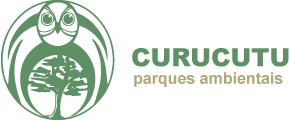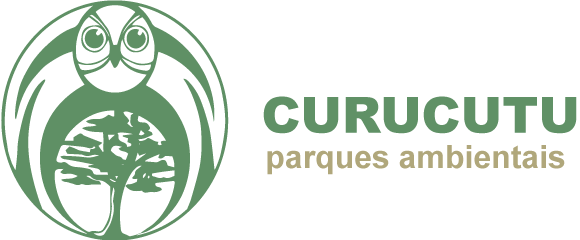History
The colonization of the area that is currently occupied by Sítio Curucutu began between the first and second decades of the 20th century. Families of italian immigrants from the region of Tuscany established themselves there, bringing along certain economic activities they used to perform back in their homeland: specifically, the exploration and transportation of wood and charcoal.
Throughout the 30’s and 40’s, the area suffered heavy deforestation, providing firewood for energy to the newly-arrived industries in the ABC Paulista region. These environmental damages worsened even further during the 60’s and 70’s, this time due to the furniture industry’s destruction of native forests for high quality wood, followed by many irregular or clandestine land plottings.
It was in 1963 that the path of Jayme Vita Roso, a Brazilian lawyer, crossed that of Curucutu. He had initially purchased the land for real estate plotting. However, as the years passed, his original plan ended up changing drastically.
TRANSFORMATION
In the years that followed the purchasing of the plot that is currently known as Sítio Curucutu, Jayme Vita Roso’s work took him to several african countries. There, he witnessed the devastating effects of environmental degradation on the local populations. With that, he started seeing his own portion of Atlantic Forest – still surviving in the middle of all the sand mines that surrounded it – with new eyes. Vita Roso then abandoned his initial project and in 1979 began an ambitious reforestation program.
Unlike the more favourable situation in our current days, back then there was no easily-accessible information for laymen concerned about the environment. As such, Vita Roso started planting saplings on his own, and in the way that seemed to him to be the correct one. This included a few exotic species, like pine trees and eucalyptus, that still exist to this day in Curucutu. After decades of studies and research, this is no longer considered the correct approach to reforestation. Today, we control the spread of exotic species throughout the full extension of our territory with the help of specialized professionals.
Ever since he began his mission to protect and restore the environment, Vita Roso could not count on private or public aid. Still, as time went by, he managed to plant hundreds of thousands of trees of approximately 50 different species, which also resulted in the return of many birds and animals to the natural reserve. Up until the year 2016 we have registered the total planting of about one million trees, that have grown strong enough to form many large forested areas within Sítio Curucutu.
RECOGNITION & AWARDS
Jayme Vita Roso has received several awards in recognition of his pioneering environmental work with Curucutu Parques Ambientais. They include:
- Prêmio Top Ecologia, in the Hors Concours category, bestowed by ADVB – Associação dos Dirigentes de Vendas e Marketing do Brasil (1996);
- Prêmio Revista Natureza de Ecologia (1997);
- Prêmio Top Social ADVB in the Environmental Education category (2001);
- Prêmio PNBE de Cidadania, in the “The environmentalist we want” (free translation) category. (2004);
- Medalha Anchieta and Diploma de Gratidão da Cidade de São Paulo, by unanimous choice of the councilmen from São Paulo’s city council (2004);
- Federação Interamericana de Advogados (Inter-American Bar Association) Award and election as President of Comitê de Recursos Naturais e Proteção ao Meio Ambiente (2004).





